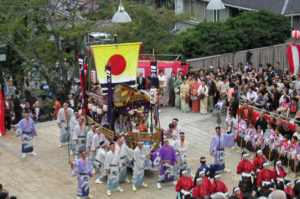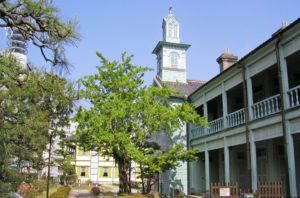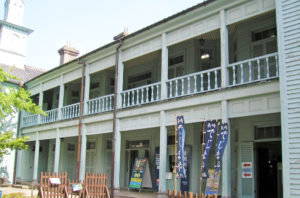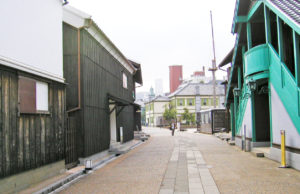Yuno-sato Hayama, in Beppu
I stayed Yuno-sato Hayama for market research of accommodation.
The Hotel is Japanese style located at Kannawa district in Beppu.
The hotel fee is reasonable however the feature of this hotel is authentic
meals made with local ingredients.
You can really enjoy dinner and breakfast.
 |
 |
 |
July 06, 2025
Yufuin-no-mori
Yufuin-no-mori is the tourist express train operated between Yufuin and Hakata.
Beautiful scenery can be seen with comfortable 2 hours and 20 minutes ride.
 |
 |
 |
July 03, 2025
Nagasaki-city
Nagasaki-city is one of the best city to be recommended tourist destination in Kyushu.
The city became Japan’s first international city since Nagasaki port opened in 1571 and
has a unique culture that is a mix of European, Chinese and Japanese culture.
Therefore you can find a lot of things what you have never experienced.
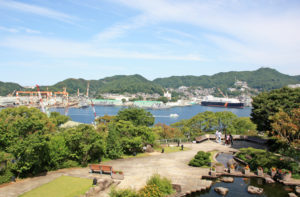 |
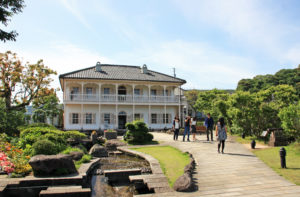 |
|
June 29, 2025
Peace Park in Nagasaki
A lot of Monuments presented from all over the World for World Peace.
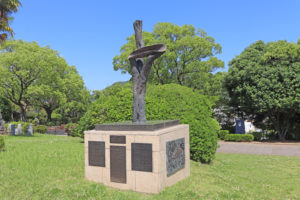 |
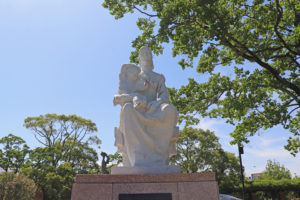 |
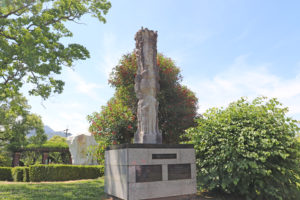 |
June 21, 2025
Birth place of Nippon Steel
Yawata, in Kitakyushu is the birth place of Nippon Steel.
The company is Japan’s first modern steel making company established in 1901 and
becoming the best steel maker with World-leading capabilities.
And now, Nippon Steel has signed an agreement to make US Steel a subsidiary,
with President Trump’s approval.
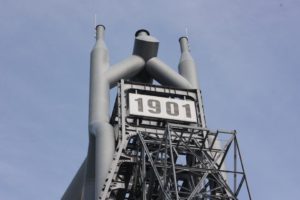 |
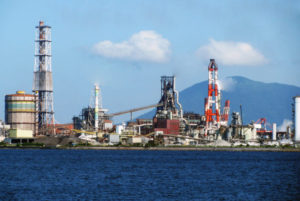 |
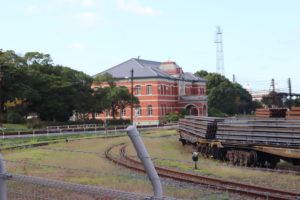 |
June 16, 2025
St. Andrew Christian Seminary
St. Andrew Chistian Seminary building stands on the eastern end of Dejima
and features a light blue exterior and a tower with a cross.
It is the oldest surviving Protestant Seminary building in Japan.
It was built as a church school in 1878 and opened the following year as the Dejima
Shinbashiguchi English and Japanese School.
It later changed its name to Dejima Shinbashiguchi Anglican Seminary and offered
theological education. After closing in 1886, it was used as accommodation for foreign
missionaries.
|
|
|
|
June 13, 2025
Environment tour for Kitakyushu citizen group
We have operated Environment tour for Kitakyushu citizen group and visited
Kitakyushu and Munakata.
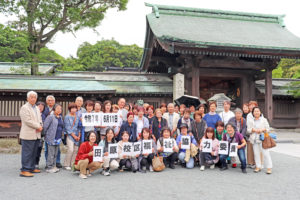 |
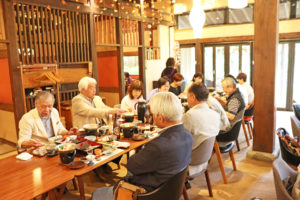 |
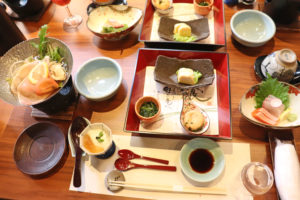 |
June 11, 2025
Kumamoto Castle
I visited Kumamoto Castle today for market research of tourist destination.
The Castle is one of the three great castles in Japan.
Due to the Earthquakes in 2016, the Castle have heavy damages and many of
Castle buildings were destroyed.
After that the restoration activities have been performed with incredible fast speed.
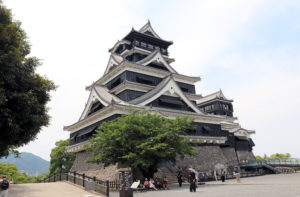 |
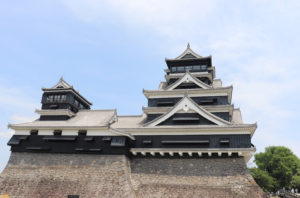 |
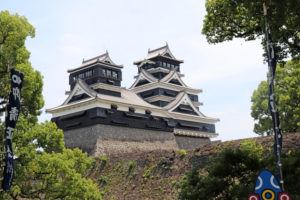 |
May 31, 2025
Beppu Hell sites
I visited Beppu Hell sites for market research of sightseeing place
The Beppu Hell sites is most famous sights in Beppu, the collection of hot springs
where the water bubbles forth from underground, often with unusual result.
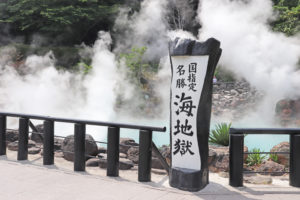 |
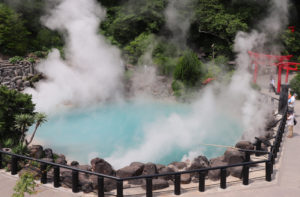 |
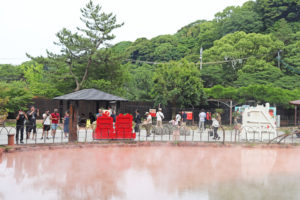 |
May 29, 2025
Japanese restaurant in Kumamoto
I visited Japanese restaurant, Toraya in Kumamoto for market research of restaurant.
This restaurant is near Suizenji Park so is convenient when visiting there.
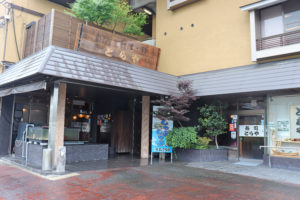 |
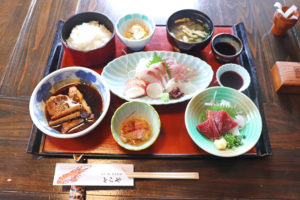 |
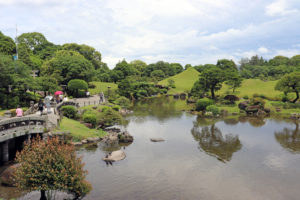 |
May 25, 2025

